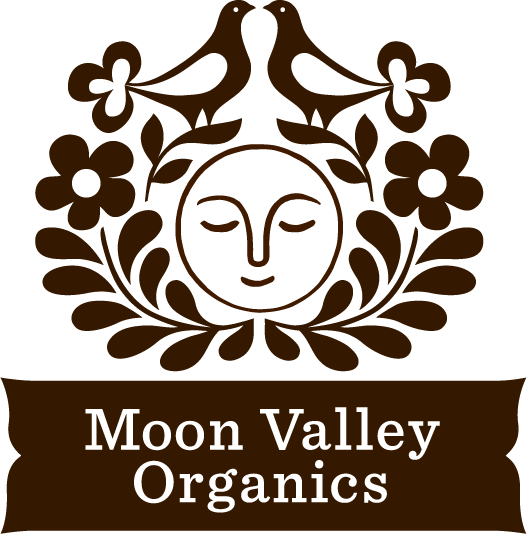Learn More to HELP SAVE THE BEES!
Understanding Pollination
Pollinators visit flowers in search of food and other creature comforts like nesting material, shelter or even a mate. Some animals, like the honey bee, purposely collect pollen, while others, such as butterflies and birds move pollen incidentally because it sticks on their bodies while they are collecting nectar from flowers. Voila: pollination! The act of transferring pollen from male flowers to female flowers, which then will produce fruit & seeds. Pollination equals plant proliferation. Most all pollination happens with the assistance of pollinators, a small percentage happens at the whim of the winds.
The Significance of Pollinators
After learning the majority of pollination happens with the help of pollinating critters you must be wondering "just how crucial to the food system are these industrious little creatures?" The answer is almost entirely! Bees, birds, bats and other insects help pollinate over 75% of our flowering plants, and nearly 75% of our crops. Not just food but medicine, condiments and spices too! Often we may not notice the hummingbirds, beetles, butterflies and moths that carry pollen from one plant to another as they collect nectar. Yet without them, our global community would miss many herbs, fruits, vegetables and nuts. The list of foods we rely on pollinators for is extensive and it includes all time favorites like blueberries, almonds, squash, apples and even chocolate and coffee!!
Risks & Dangers to Pollinator Populations
Habitat Loss:
The main danger facing pollinators is habitat loss which causes a decline & displacement of pollinator populations. The primary contributor to habitat loss is the current practices of big agriculture and the conventional farming methods in use today. We live with the existence of an alarming amount of monoculture farms (think Big Ag companies that grow only one gigantic crop of corn, soy, potatoes, rice or wheat with no soil regeneration or rotation.) Monoculture does not exist in accordance with nature. Nature despises monocultures because they are so vulnerable to extinction. Diversity is key! Organic farms are encouraged to work with pollinator habitats and plant polyculture (more than one species of plant) gardens where as conventional farms use herbicides and pesticides to wipe out any native plants that would contribute to a diverse and healthy ecosystem. As native vegetation is replaced by mono-crops, pavement, lawns and non-native landscaping, pollinators lose the food and nesting sites that are fundamental to their survival.
Pesticides & Herbicides:
Use of pesticides and herbicides negatively impact pollinators and their habitats. Pesticides & herbicides include products such as weed killers and insecticides which are formulated to prevent, destroy, repel and reduce pests such as insects, mice and other animals, weeds, fungi, bacteria and viruses. Pesticides & herbicides are used in nearly every home, conventional farm, business, school, hospital and park in the United States and are found almost everywhere in our environment. By their very nature, these dangerous chemicals pose a harmful risk to humans, animals and the environment because they are specifically created to kill or adversely effect living organisms. There are many organic alternatives that can be used in place of pesticides to manage weeds and pests in the garden. Organic farms use permaculture & polyculture growing techniques as well as provide a guarantee that plants are grown GMO-free! It is important to remember that by supporting organic farms & farmers you are helping to advocate for the protection of all pollinating creatures.
*Information for this article was sourced from The US Fish & Wildlife.
